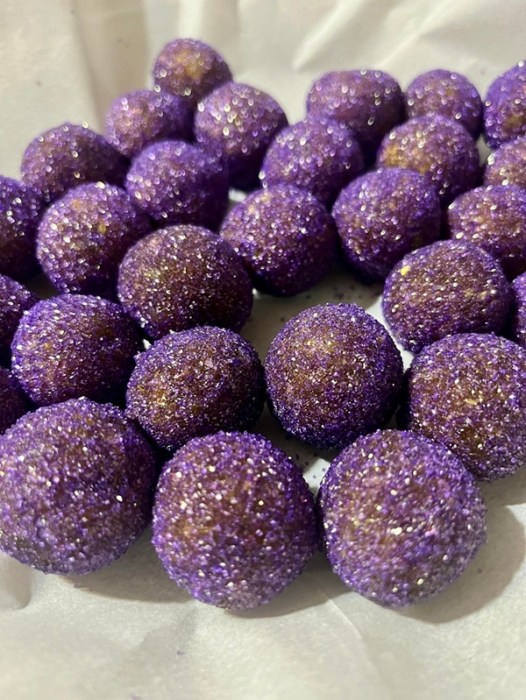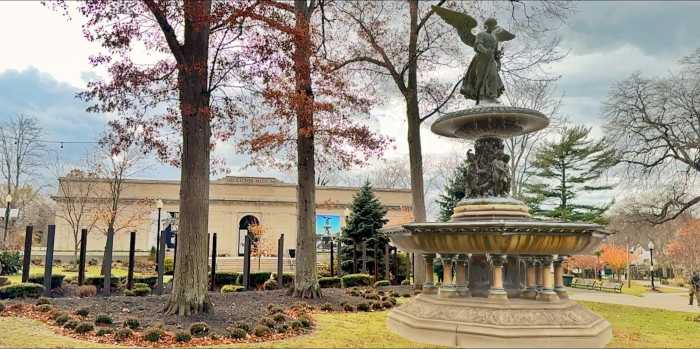Aligoté, the lesser white of Burgundy, has long been flavored with black currant liqueur, which masked the wine’s traditional second-rate character with a bit of sweet to create one of France’s most popular aperitifs.
Served in cafes since at least the 1840s, the drink was simply known as the “blanc-cassis” until after World War II, when a Catholic priest named Félix Kir became the mayor of Dijon. Kir (pronounced keer) was a colorful character, a former Resistance fighter credited with helping 5,000 Allied prisoners of war escape in 1944 and a proponent of the “twinning” movement that established international sister cities after the war.
Visiting foreign delegations were invariably served the local cheap white with beloved currant liqueur, creme de cassis a splash of Dijon’s beloved currant liqueur, and the lowly blanc-cassis soon became known as the Kir or, when mixed with champagne or other bubbly, the Kir Royale.
Father Kir served as mayor until his death in 1968. Interestingly, producers of Aligoté have significantly stepped up their game in recent years, and a Kir is much more likely based on a Chablis or other white Burgundy today.
Waiters may offer a blackberry or peach version, but you should demur.



































